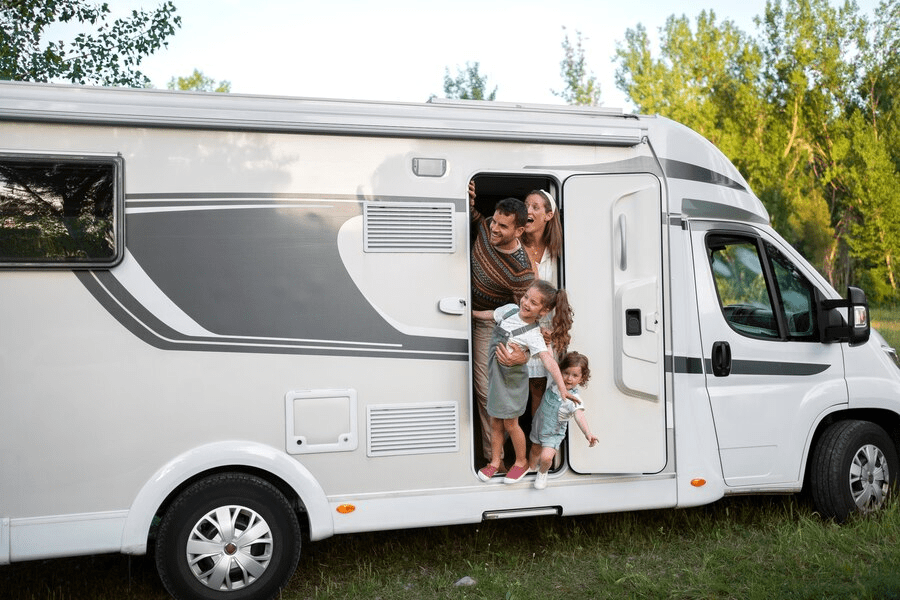Need assistance? Call us toll-free for a free quote: (845) 501-2379

Mini-buses are used in group transport since they are affordable and effective in transporting people. It ranges from corporate functions, school end-of-term trips, or other group hires. It becomes relevant to know how many people the place’s sitting capacity can accommodate and other related factors. This blog post will provide information on aspects that affect the seating capacity of a minibus, the standard types of seating plans for minibusses, and how to make the right decision.

A minibus is a bus whose size is smaller than that of a regular bus and is capable of carrying few people. In general, mini buses services are for local transportation, but in the case of a long trip to a medium-sized destination, then holding a minibus is a good idea. They are often chosen for:
The seating capacity of a minibus depends on the make and model of the minibus in question. But factually, most of the mini buses are equipped with 8-30 passenger seating arrangements. Let’s break down the standard capacities by category:
This is a minor type of minibus; it will comfortably take a small group, such as a family or a small group of corporate employees who are traveling together. Thus, it is used for airport transfers or local tours where the number of clients participating in the tour is limited. This is one of the perfect types since it is slightly small but has sufficient space for comfort and quite tricks around cities.
As one of the models of minibusses, these are suitable for mid-sized groups, thereby ideal for schools and workplaces, among other instances. The 12-20 passenger mini buses usually come with more leg space, overhead bins, and more comfortable seats.
This massive mini bus is as appropriate for events where there are more people to be transported. This is mainly used during weddings, team or sports teams, or even a group that intends to tour a particular region.
Some of these include reclining seats and adequate gallery accommodation, all qualities that allow for more extended-distance arrangements.
Imagine more than how many seats a mini bus contains that has to be taken into account. Here are several other factors that may influence the seating capacity of a mini-bus:
Mini-buses may be ordered to have many or a few seats, as may be preferred. For example, a minibus designed for luxurious travel has less of a capacity to accommodate other things such as extended leg space, reclining chairs, or TVs. On the other hand, a bus that is explicitly used for public or shuttle transportation will have more seats in order to accommodate more people.
Mini-buses that are usually used for airport pick-up or on long-distance trips may incorporate extra boot space. Some of these configurations could make the number of seats available less; hence, if you are in need of a minibus that has space for luggage, you are likely to find this makes the number of available seats slightly less.
Organizational or district legal safety regulations can also play a role in the configuration of the seatings. Some minibusses need to have specific characteristics such as seat belts, which sometimes can restrict how the seats are placed in the bus or cut down on the number of people the bus can take.
There are some factors to consider when choosing between the mini buses. They include the number of clients, the distance, and the occasion. Here’s how to match the suitable seating capacity to your group size and event:
There are several advantages to choosing a minibus:
Are you in need of an ideal mini-bus for your next group trip? National Bus Charters has a variety of minibusses for hire, depending on your occasion: you are planning a corporate event, a school, or a group outing. National Bus Charters has the best comfort, durability, affordable rates, and easy-to-customize seating that your group needs for travel. Call now to book your group transportation without inconveniencing everyone!